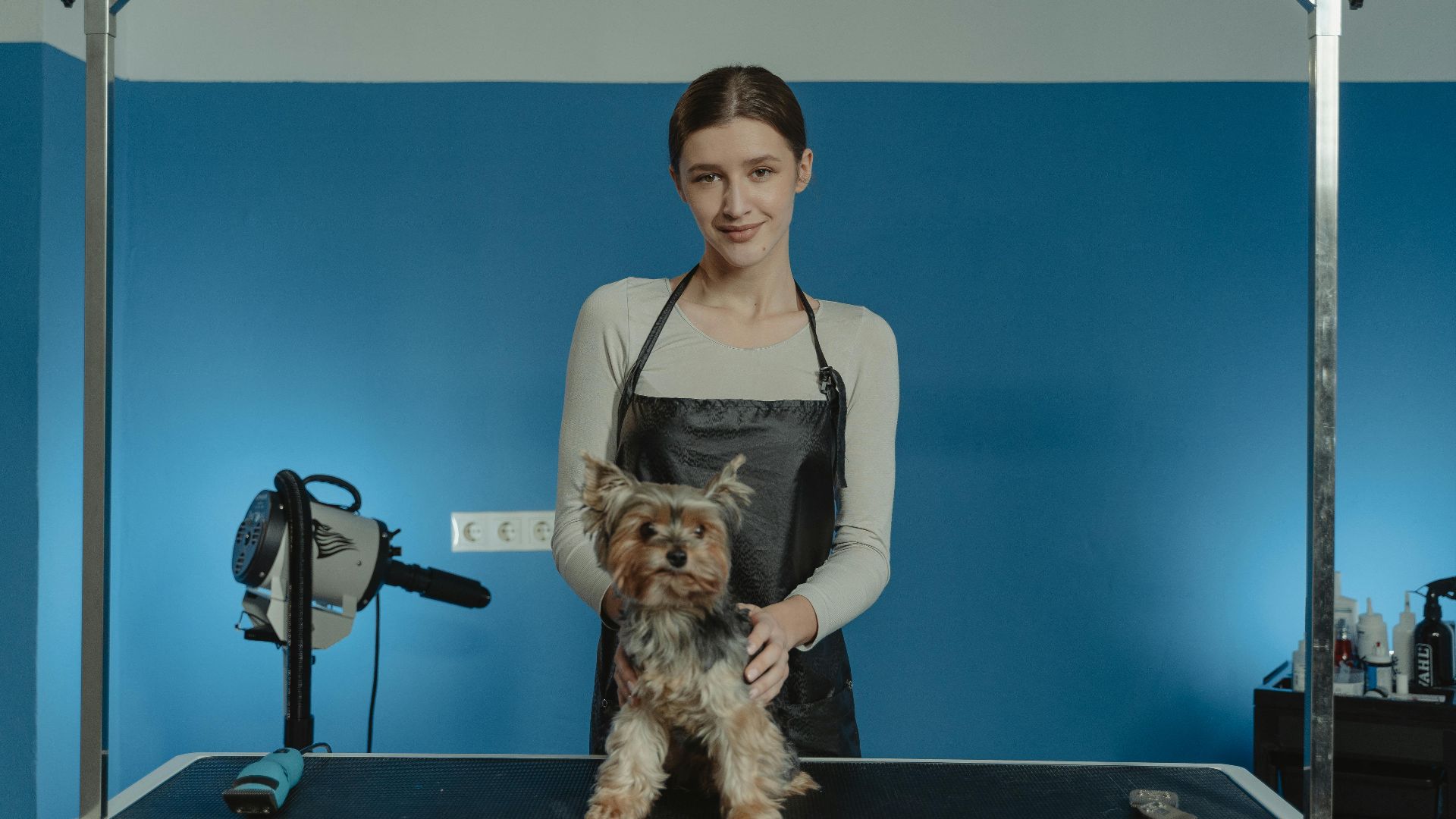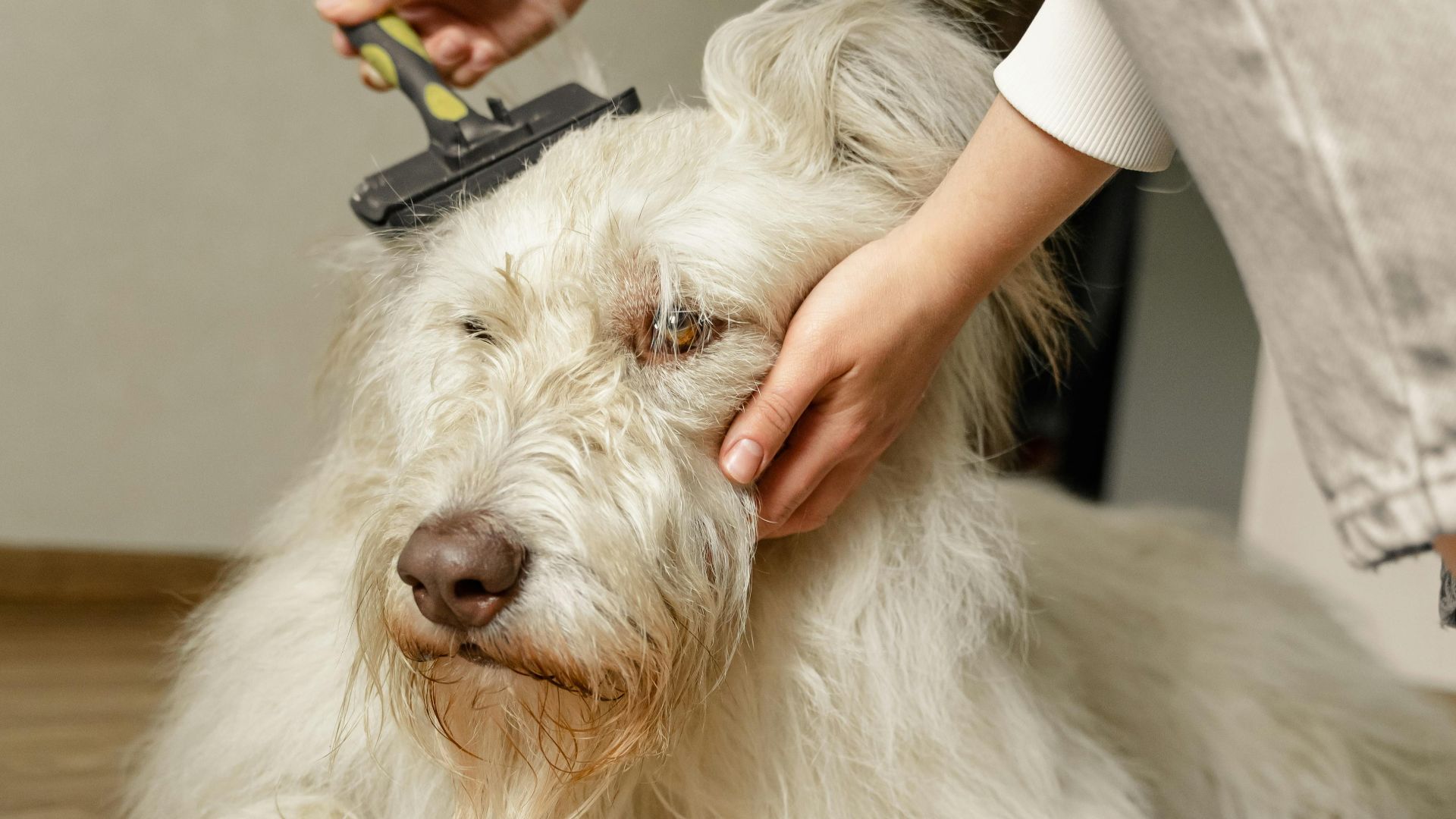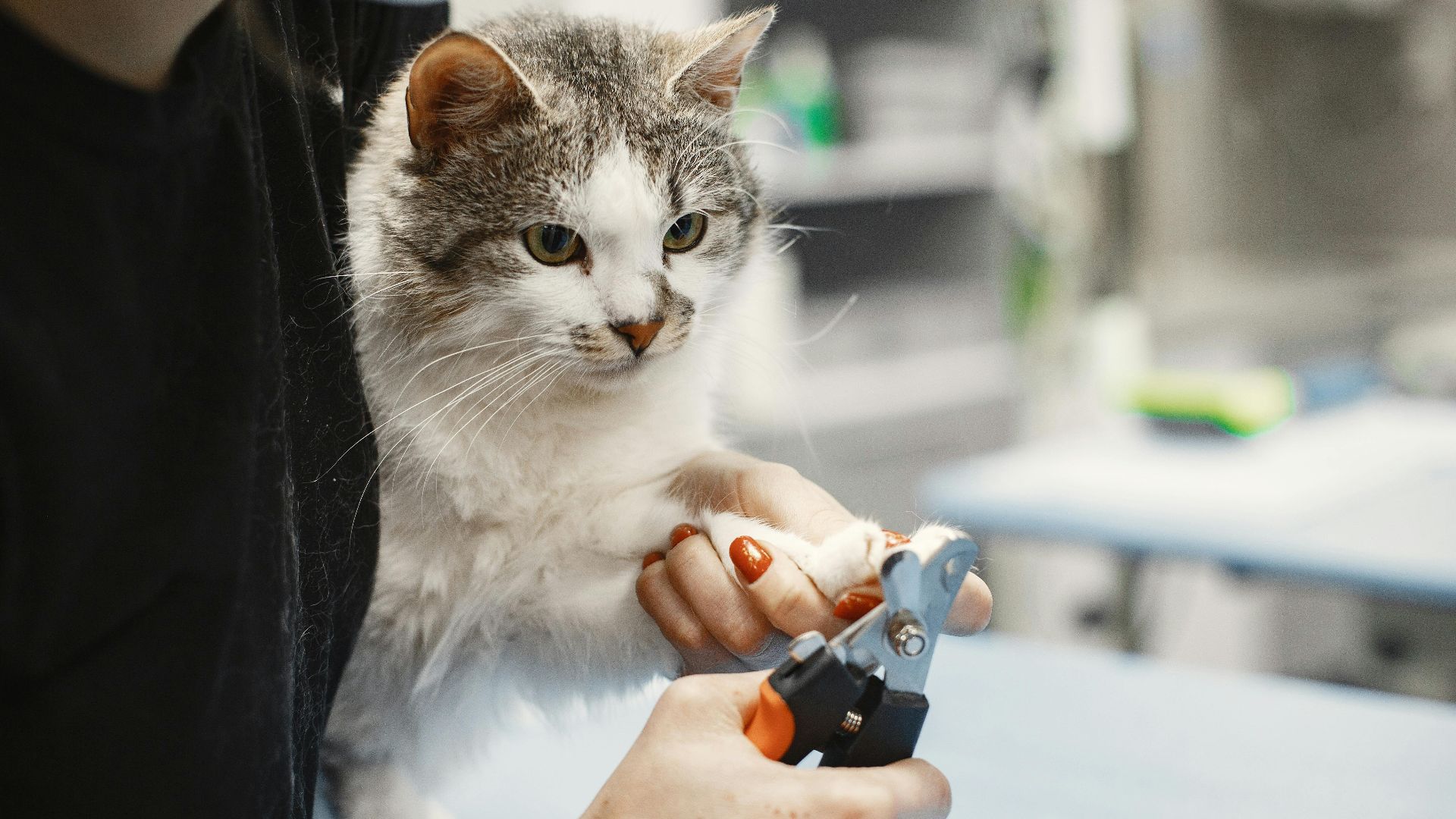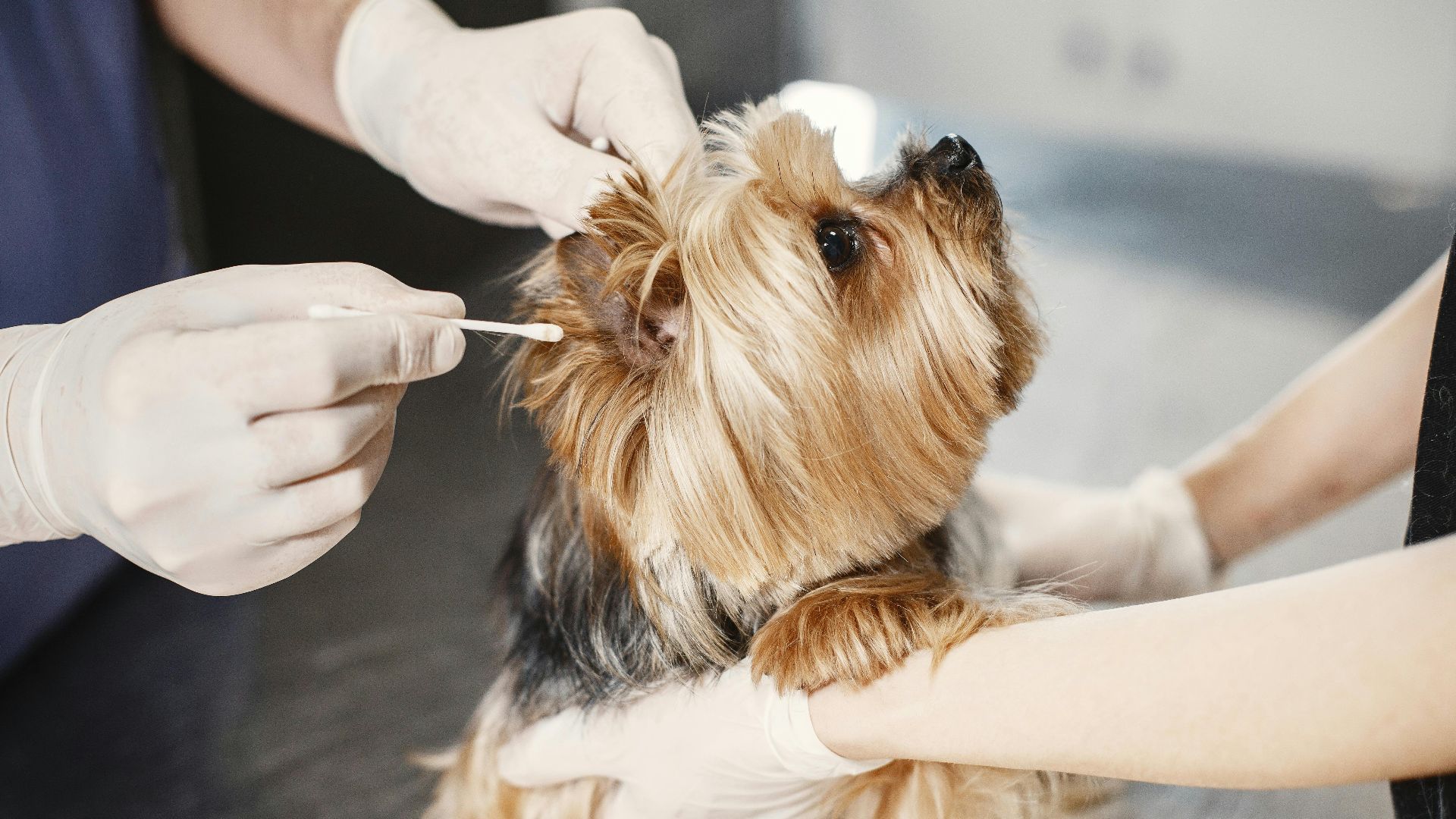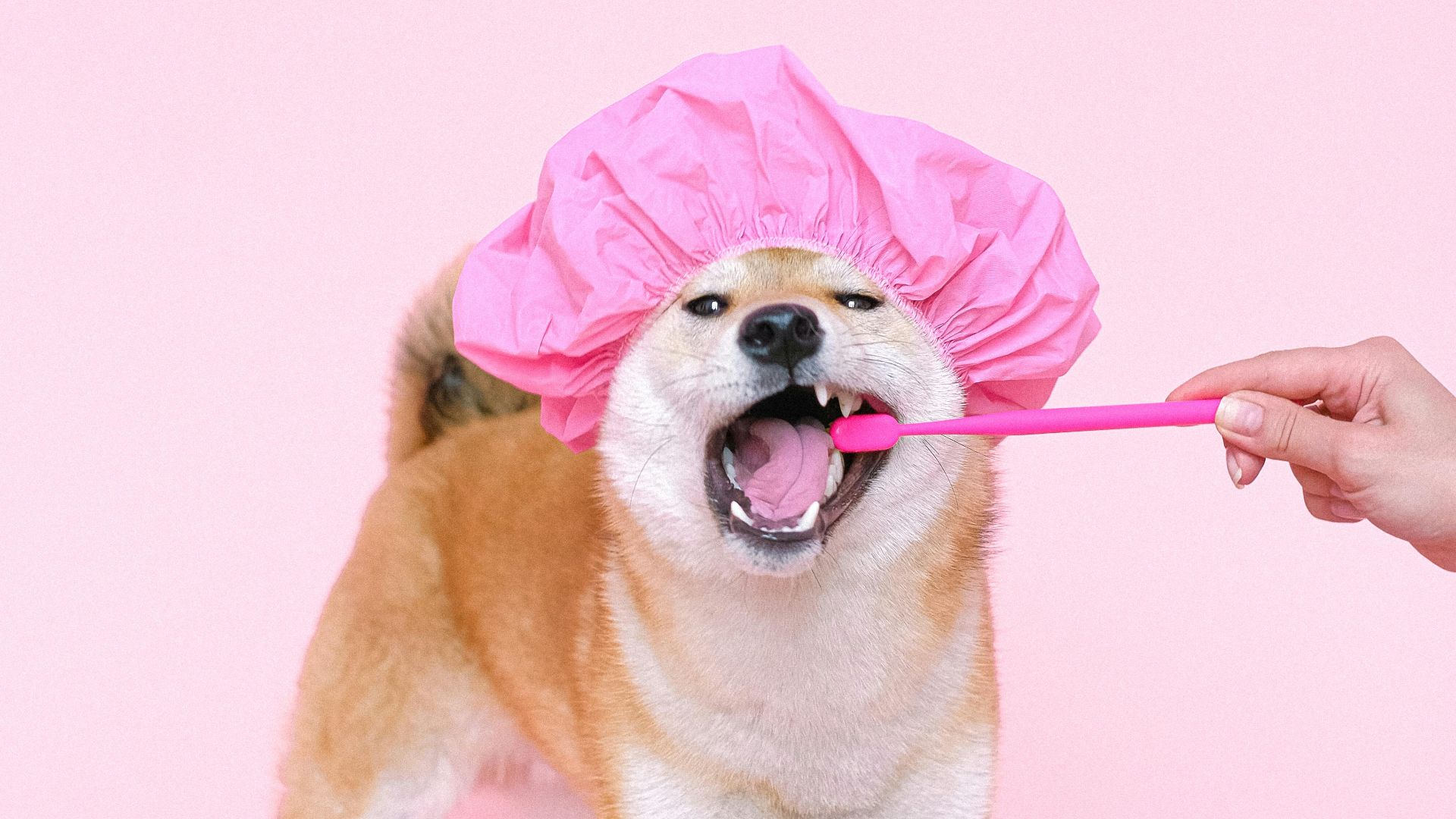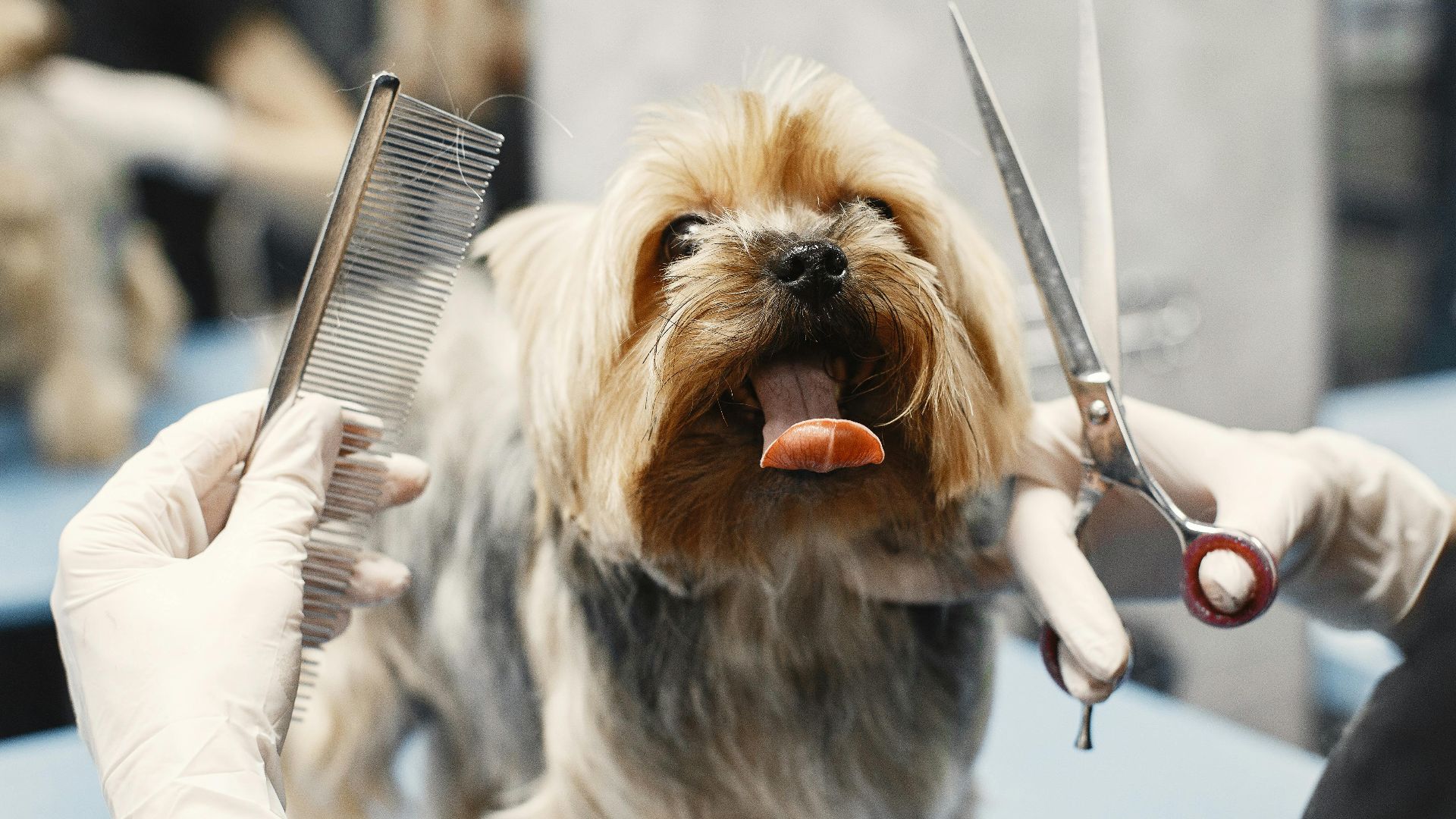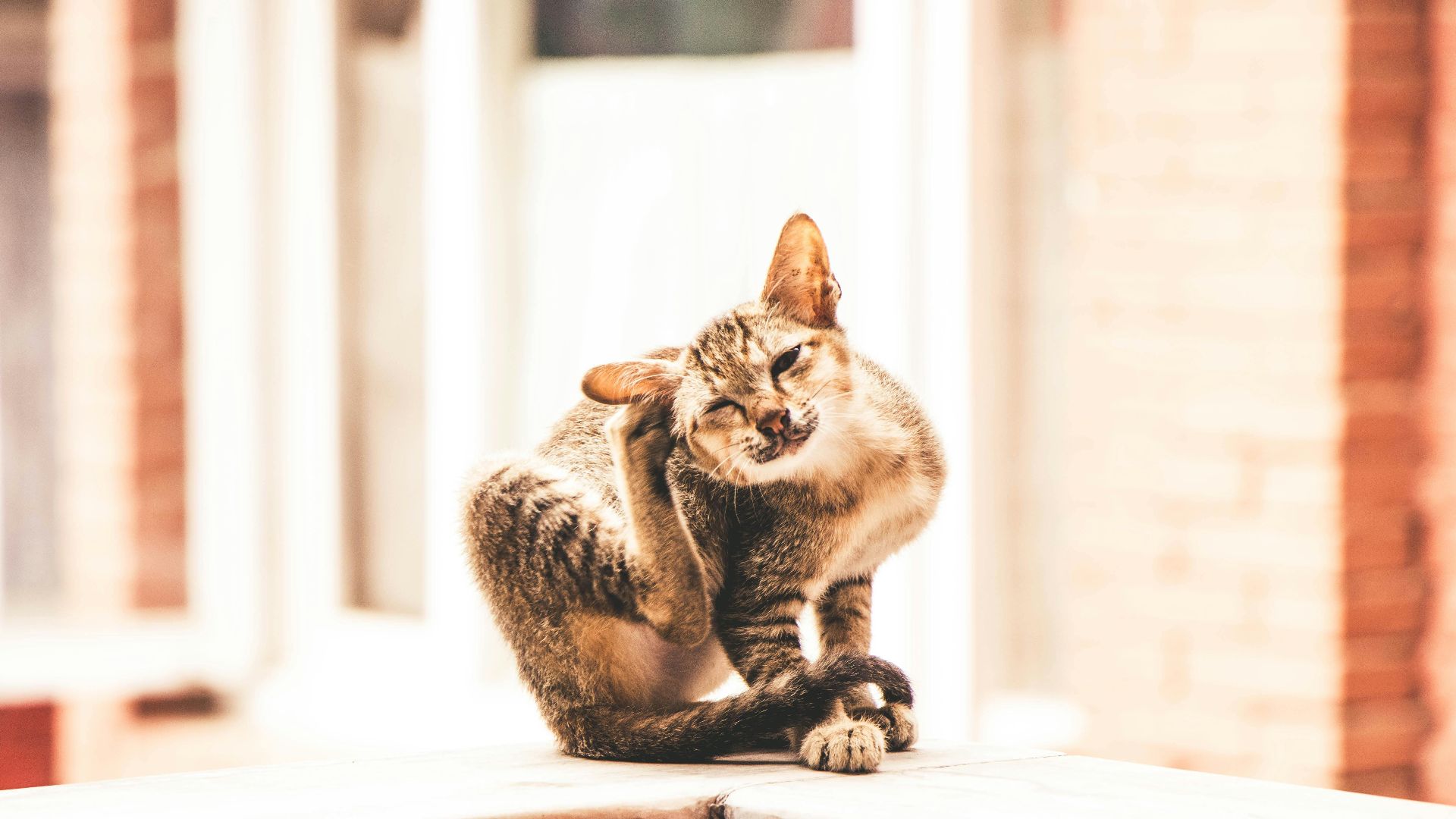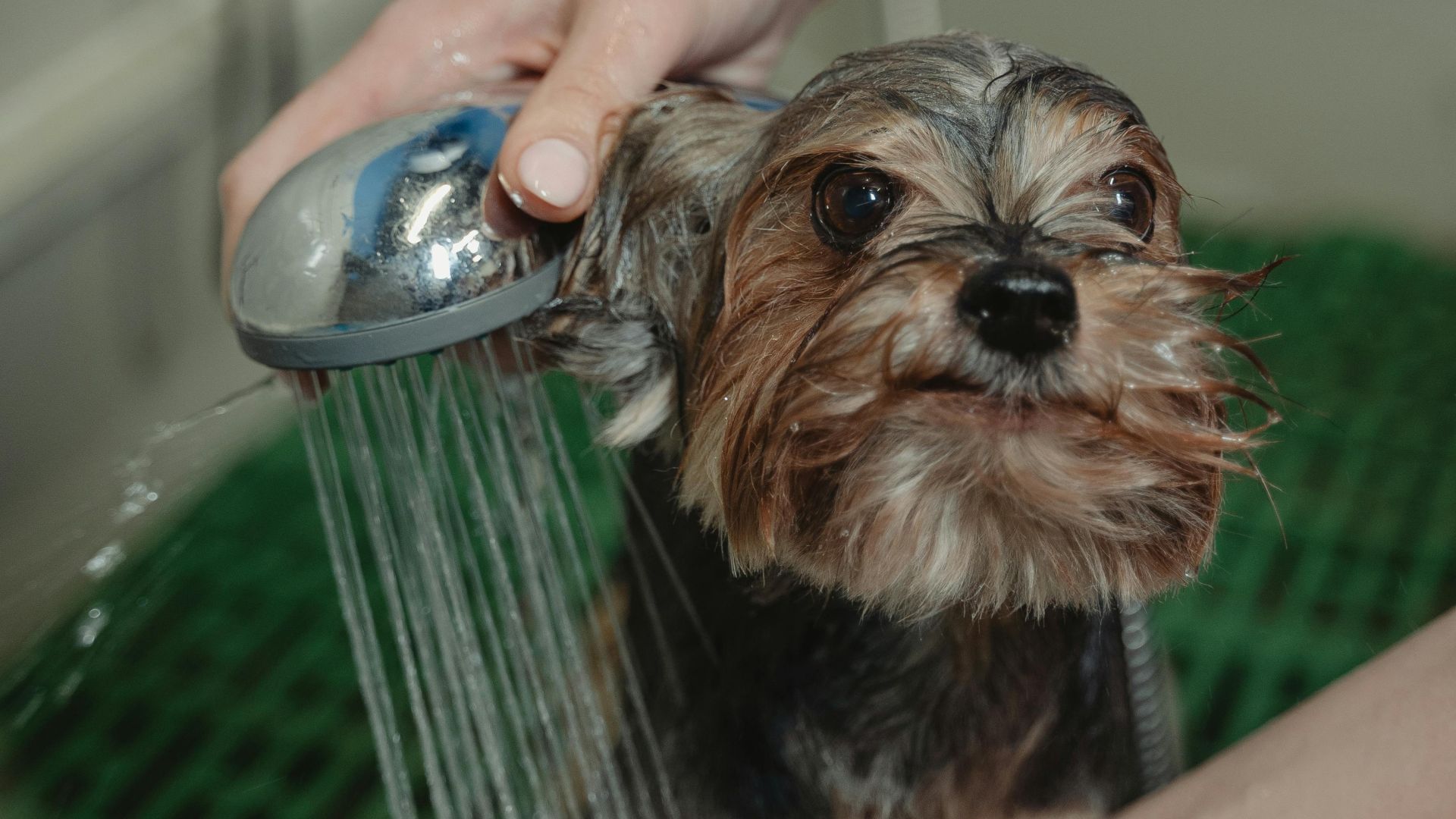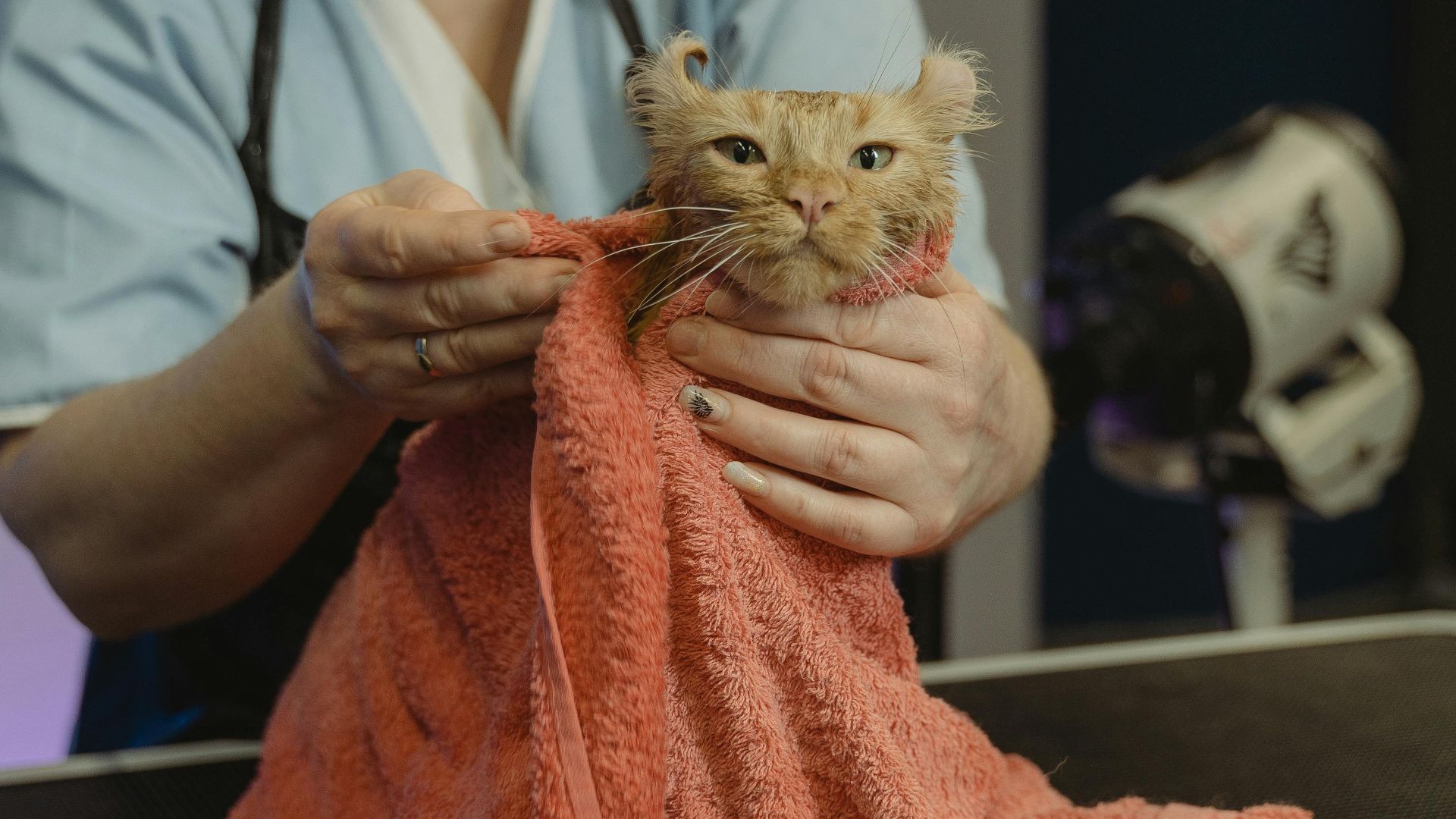Grooming Secrets
You think grooming is just about keeping your pets looking good? No, it's so much more than that. In fact, grooming is an essential component of their health and well-being. The right grooming techniques help maintain a shiny coat, prevent skin issues, and build trust between you and your pet. So let's look at ten simple tips to keep your pet feeling great and looking their best.
1. Regular Brushing for Shiny Fur
Brushing removes tangles and loose fur while distributing natural oils across the coat, keeping it shiny and healthy. Regular brushing prevents mats and encourages healthy fur growth. Each pet has different needs, so adapt the brushing frequency to their fur type—daily for long-haired breeds and weekly for short-haired ones.
2. Nail Trimming for Comfort and Health
Excessively long nails can result in pain and hinder your pet's ability to move. Trimming nails regularly ensures they can walk comfortably and reduces the risk of joint problems. Use pet-specific clippers and trim small portions at a time; avoid cutting too close for a safe and painless experience.
3. Bathing to Keep Skin Clean and Healthy
Bathe your pet every 3-4 weeks, or when needed, to keep them clean and comfortable. Regular baths remove dirt, oils, and allergens, but overdoing it can strip away their natural skin oils. Be sure to use a shampoo that's right for your pet's skin type to protect their health while keeping them fresh.
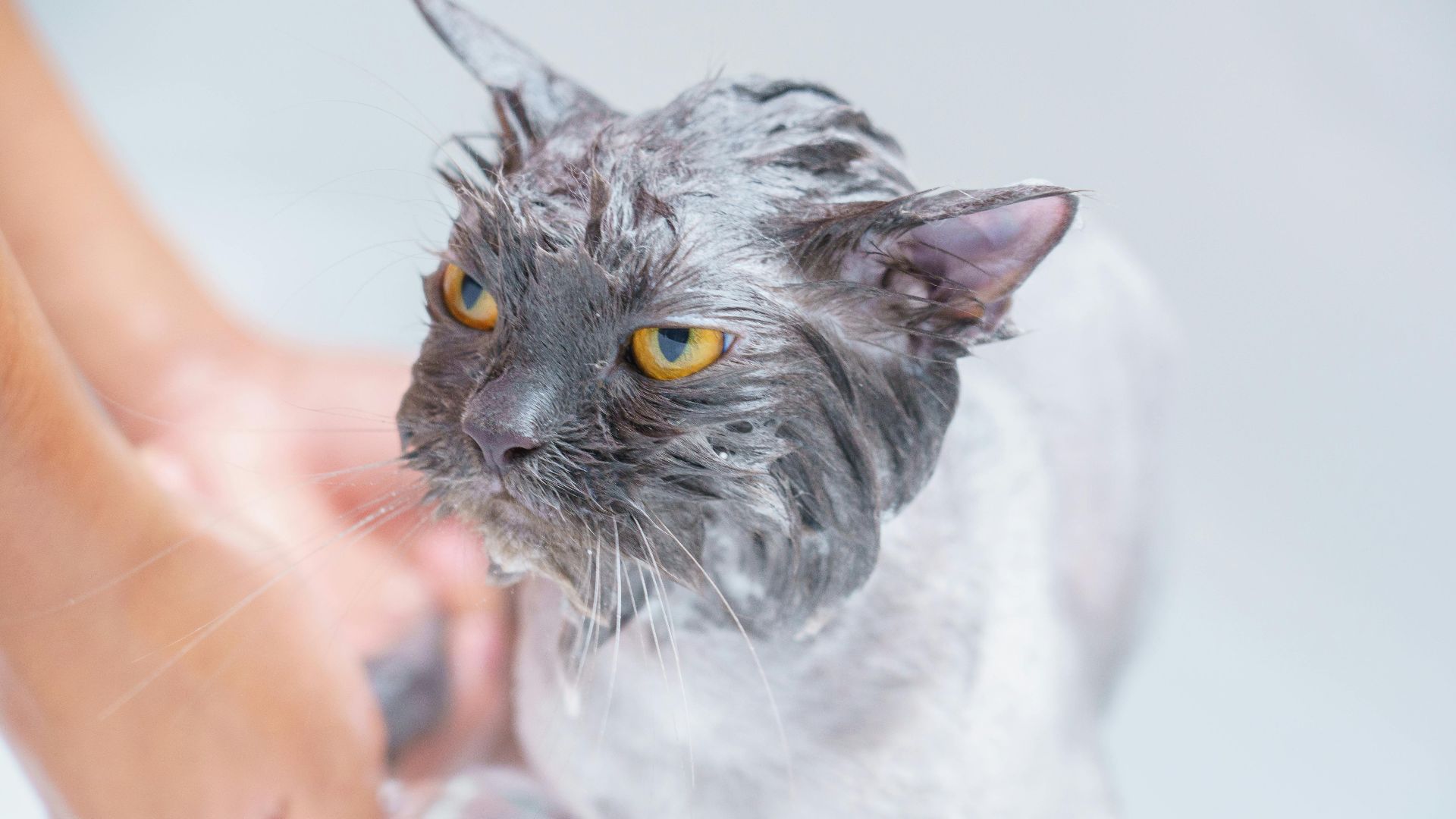 Karin Chantanaprayura on Pexels
Karin Chantanaprayura on Pexels
4. Ear Cleaning to Prevent Infections
Pets, especially those with floppy ears, are susceptible to infections from wax buildup and trapped moisture. Clean your pet's ears with a pet-safe cleaner and gently dry them afterward. Regular ear checks prevent discomfort and bacterial growth, especially in pets with long ears or a tendency for moisture retention.
5. Teeth Brushing for Better Oral Health
Like humans, pets need dental care to prevent the buildup of plaque, gum disease, and bad breath. Brushing your pet's teeth with a pet-safe toothbrush and toothpaste is key to maintaining their oral health. Make it a part of their grooming routine to avoid expensive vet visits down the road.
6. Get Help From the Pros
Some pets, particularly those with long coats or intricate grooming needs, benefit from professional grooming. Groomers have the skill and tools to handle difficult tasks like mat removal and precise trims. If your pet's grooming requirements are complex, seek professional help for the best results.
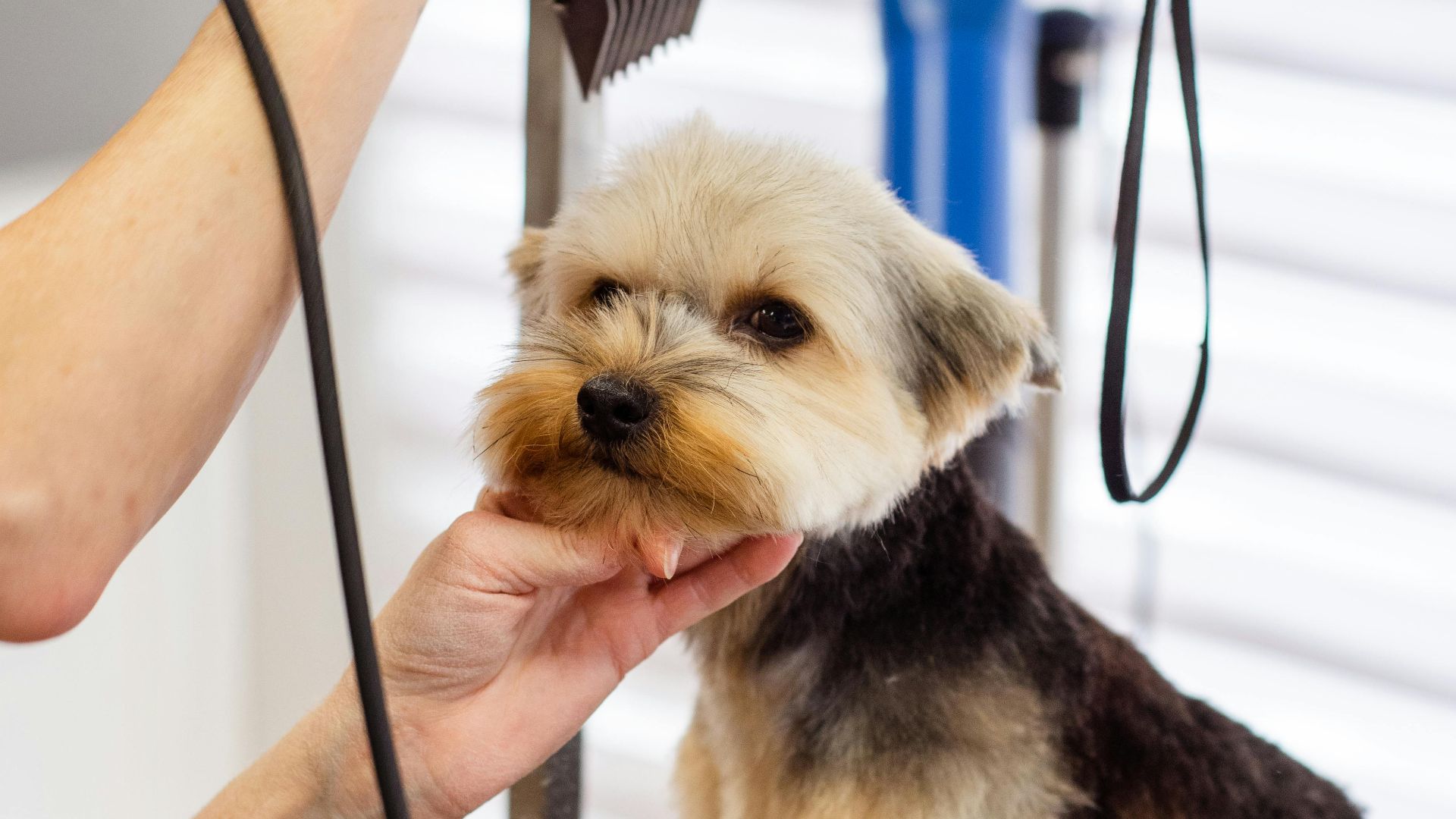 Goochie Poochie Grooming on Pexels
Goochie Poochie Grooming on Pexels
7. Choosing the Right Grooming Tools
Selecting the proper grooming tools is essential for a smooth and efficient grooming session. Brushes, clippers, and combs should be chosen based on your pet's coat type. High-quality tools make grooming faster and a lot more enjoyable for both you and your pet.
8. Skin Irritations During Grooming
This process provides a great chance to check your pet for skin problems such as rashes or sores. Identifying these problems early on is essential for avoiding discomfort and getting timely treatment. Pay attention to any unusual changes in their skin texture so that your pet remains healthy and irritation-free.
9. Bathing with the Right Water Temperature
Bathing your pet with water that's too hot or cold can cause discomfort and stress. Lukewarm water is the ideal temperature that will keep your pet calm and relaxed. Always test the water before bathing your pet to avoid any temperature shock, and try to make it a pleasant experience.
10. Grooming for Mental Stimulation
Grooming isn't just about physical care; it provides essential mental stimulation for your pet. The routine of being handled helps build trust and reduce anxiety. Regular grooming sessions promote bonding, mental enrichment, and emotional well-being. A positive experience makes a happy and healthy pet.


